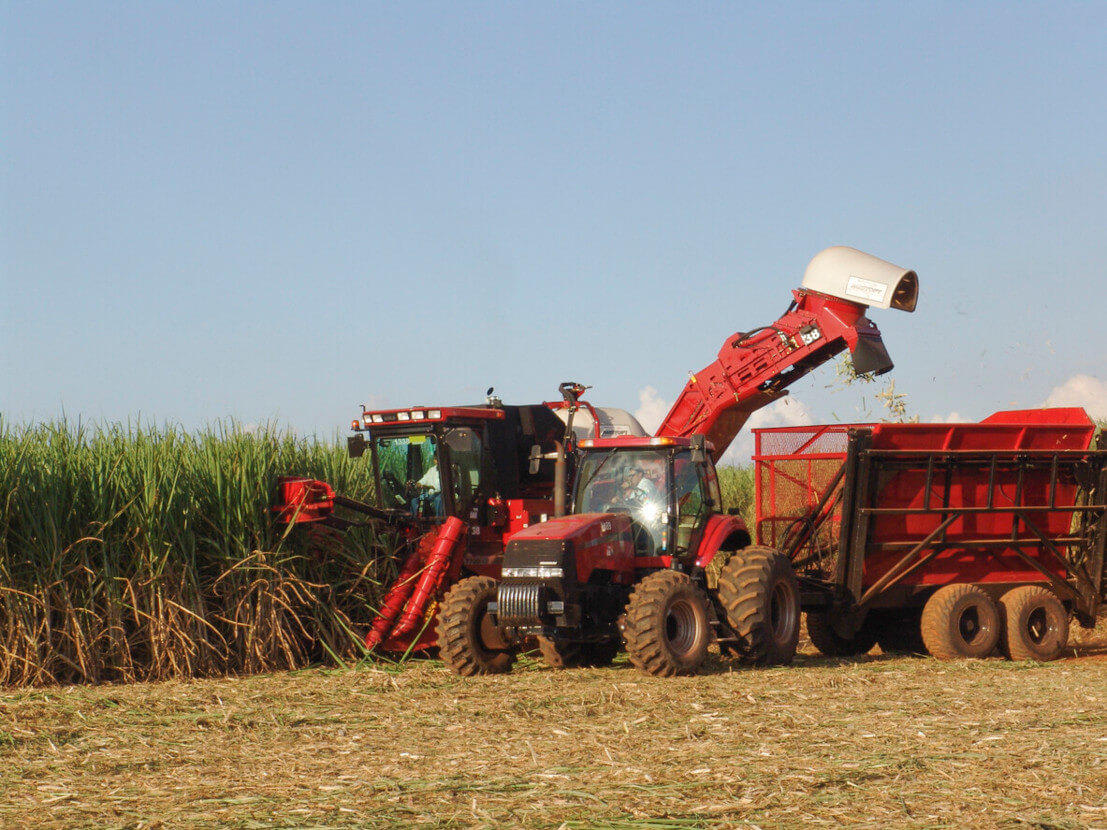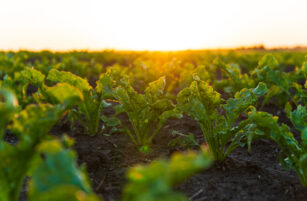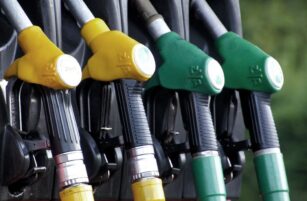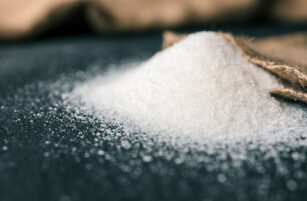Insight Focus
Sugarcane yield dropped in the current harvest. Now, the market is assessing what the next cycle might bring, focusing on yield and climate.
As the 2024/2025 sugarcane harvest in Brazil’s Centre-South region nears completion, market analysts and producers are shifting focus to the prospects for the upcoming 2025/2026 cycle. Severe droughts and fires have taken a toll on productivity this season, reducing yields to 83 tonnes/ha by September—a 10% drop from the same period last year, as reported by the Sugarcane Technology Center (CTC).
Key concerns now centre on the recovery potential of damaged fields, including which areas may require replanting and how these factors could influence yields and ATR levels next year. To gain insight on these issues, we spoke with Maximiliano Salles Scarpari, a sugarcane specialist and researcher at the Campinas Agronomic Institute (IAC), who shared his perspectives on the path ahead.

Maximiliano Salles Scarpari, from IAC. Publicity photo.
If normal rainfall does not resume until March next year, could sugarcane yields improve? And what is expected for fields where sprouting hasn’t yet occurred?
The sugarcane can remain dormant, waiting for the first opportunity to sprout. But, with the droughts and fires, this ended up not happening as expected this year. In any case, some sugarcane fields will sprout and be harvested in April. In other cases, replanting will be necessary.
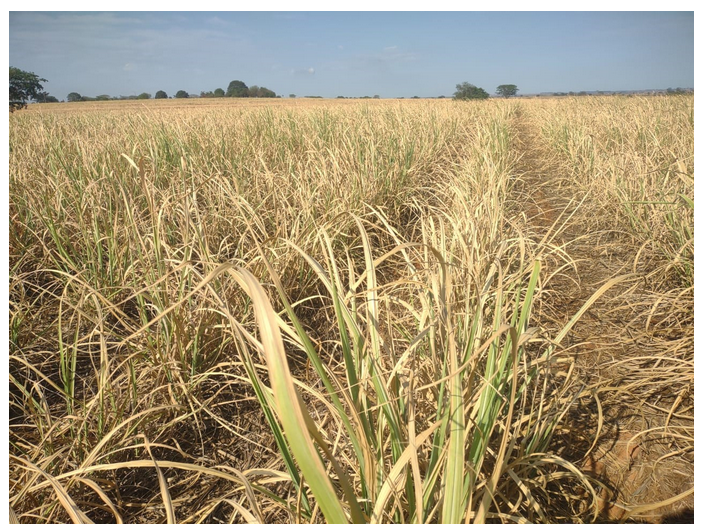
Sugarcane in São Paulo: producers assess whether replanting will be necessary. Publicity photo.
Any sugarcane fields that sprouted will have lower agricultural yield. Areas that did not sprout can be replanted, which will be a challenge for the 2025 harvest. We need to understand how many areas will sprout, which will be ready for harvest, and which will be replanted. This is the key to understanding how successful this year’s harvest will be.
If it rains normally, is recovery possible, with crushing above 600 million tonnes?
We don’t expect the 2025/2026 season to resemble the current harvest. This year was one of the worst in terms of drought. The result in the 2025/2026 harvest should be a little better, but it is still difficult to predict a number.
Is the lower quality of the sugarcane harvested this season a reflection of the drought?
Exactly. The sugarcane did not reach full maturity, and some mills even received dead sugarcane. Sugarcane suffered a lot, despite the ATR price not having changed that much. Dead sugarcane also carries a lot of bacteria and fungi, which can affect sugar production. The sugar mills then started producing more alcohol.
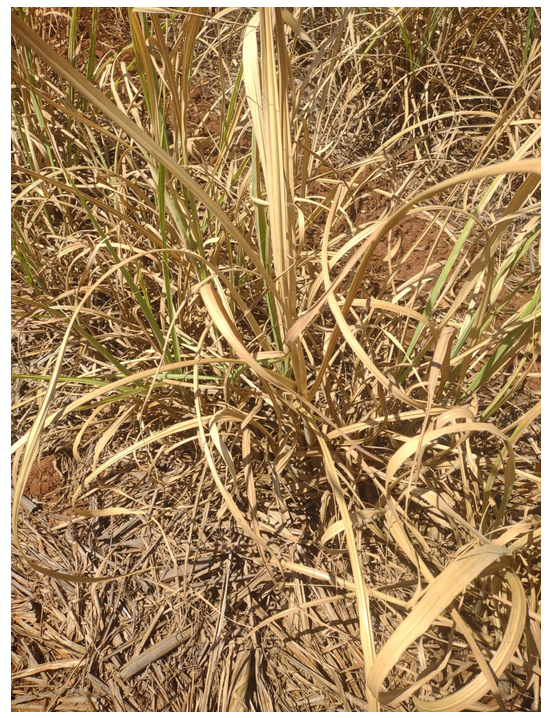
Sugarcane struggles to sprout in São Paulo. Publicity photo.
On average, when there is around 150 millimetres of water deficit, the plant can fully mature. At 200 millimetres, irrigation is recommended. This harvest, we reached a water deficit of 600 millimetres in some areas of São Paulo. This means that there was dead sugarcane, which cannot crystallize. The water deficit affected the quality of the sugarcane.
Follow updates on rainfall and forecasts by sugarcane region on the CZ app.
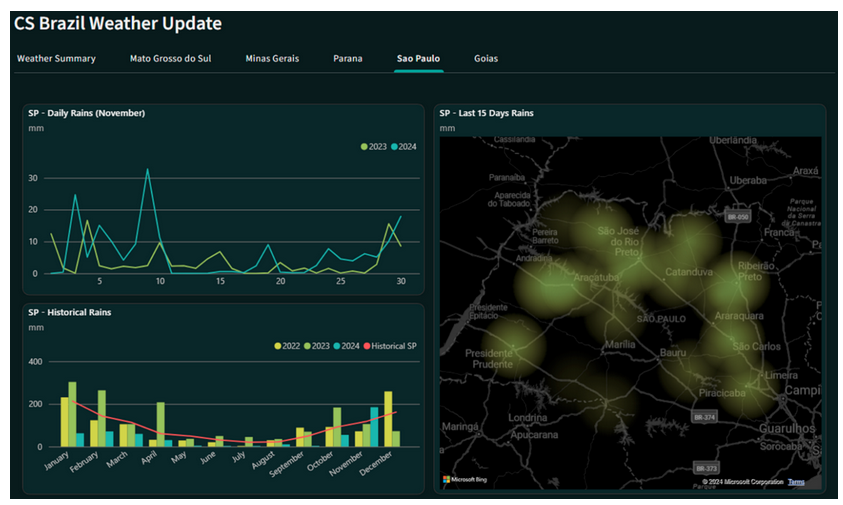
How does the age of the fields impact this phenomenon?
Fields with deeper roots capture water at a greater depth. When the plant has a more superficial root, water deficit affects productivity more. Therefore, older sugarcane fields can recover better. I believe that sugar mills have had difficulty planting due to the water deficit but, in 2025, the sugarcane fields should be older on average.
Twelve-month sugarcane is problematic as it yields less. Power plants generally get away with this as farmers tend to plant from February until mid-year. Twelve-month sugarcane is equivalent to late-harvest sugarcane, with a very short growth period. If there is a weather problem between December and February, this sugarcane variety is the one that suffers the most.
Does the drought have an impact on sugarcane cultivation?
The biggest concern is in relation to herbicides. It may be necessary to reapply the product in areas affected by fires. Another point concerns the application of bio inputs. In a moderate drought, the performance of biological products works in a certain way and in extreme drought it works in another way. There are doubts about the behaviour of microorganisms present in bio-inputs, which have been increasingly used in Brazilian agriculture, in a situation of extreme drought.
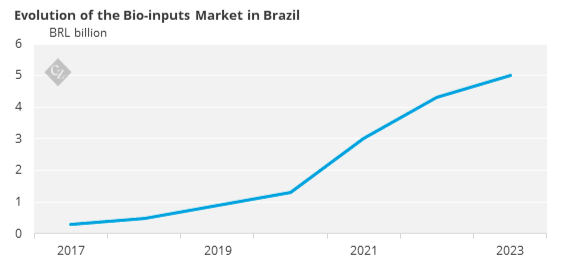
Source: Ministry of Agriculture and ABCBio
What are the variables we should pay attention to in relation to the next harvest?
Monitoring the way in which sprouting occurs is essential, considering that the rain should return. It is also necessary to pay attention to the rainfall, especially in January and February. If there is excessive rain, for example, this could be harmful.
Over the last 10 years, the water deficit has been growing. We also noticed a slight increase in temperature. Genetic improvements must develop sugarcane varieties that are more resistant to this new scenario. Other crops, such as oranges and coffee, tend to suffer more because they have a flowering period, which can be aborted when temperatures rise. Sugarcane is more resilient because it does not have these particularities.
